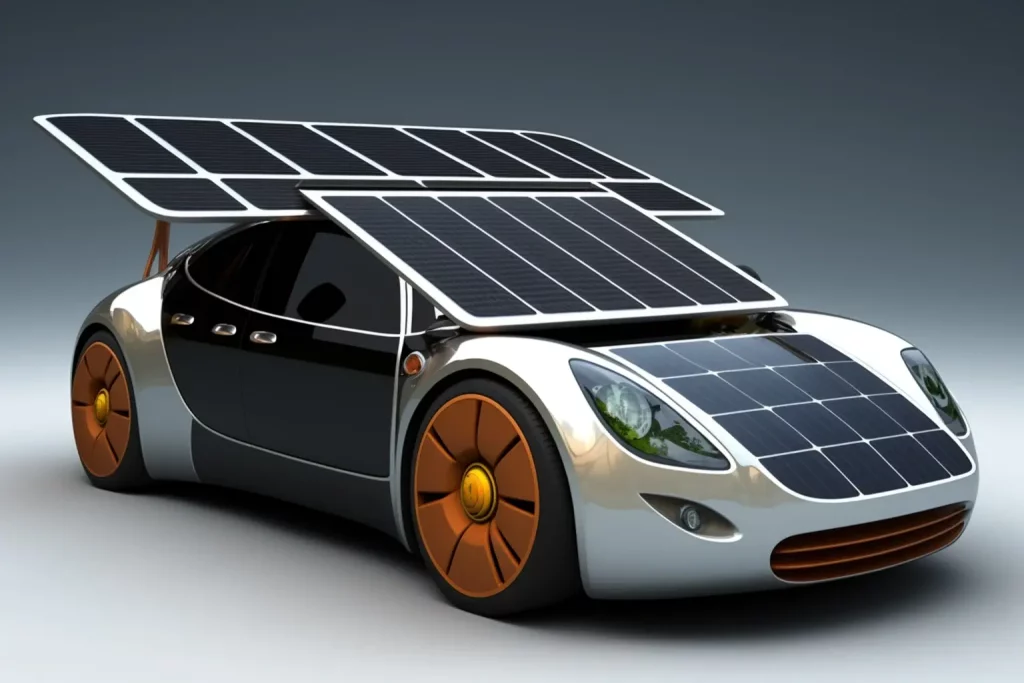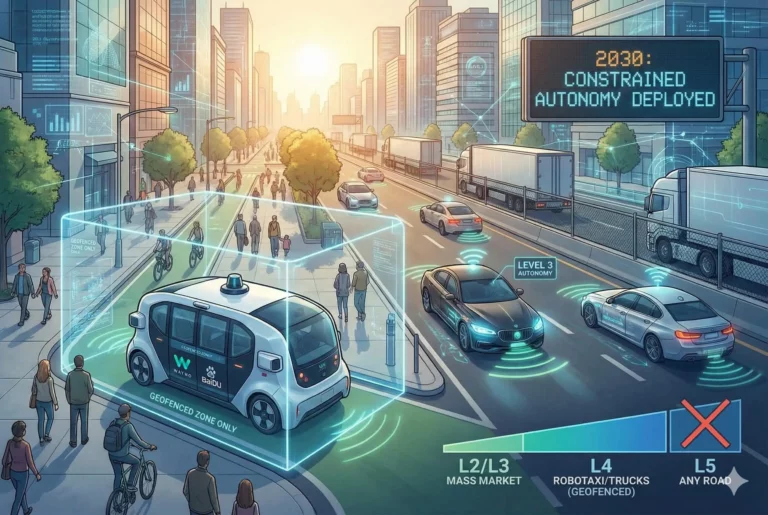The future of electric vehicles is looking bright and shiny, just like the solar roofs that can power them!
I’m always on the lookout for the latest trends shaping the world of EVs. Today, I’m excited to share my insights on 5 trends that will define the future of electric vehicles.
Solar Roofs: A Bright Idea for EVs
Have you ever wished your car could charge itself while parked? Well, now it can! Solar roofs are becoming increasingly popular in the world of EVs. These roofs harness the power of the sun to charge your vehicle’s battery, saving you money on electricity bills and reducing your carbon footprint. Plus, they look pretty cool too!
The amount of power that a car’s solar roof can generate depends on several factors, such as the size of the solar panels, the efficiency of the solar cells, the amount of sunlight available, and the energy needs of the vehicle.
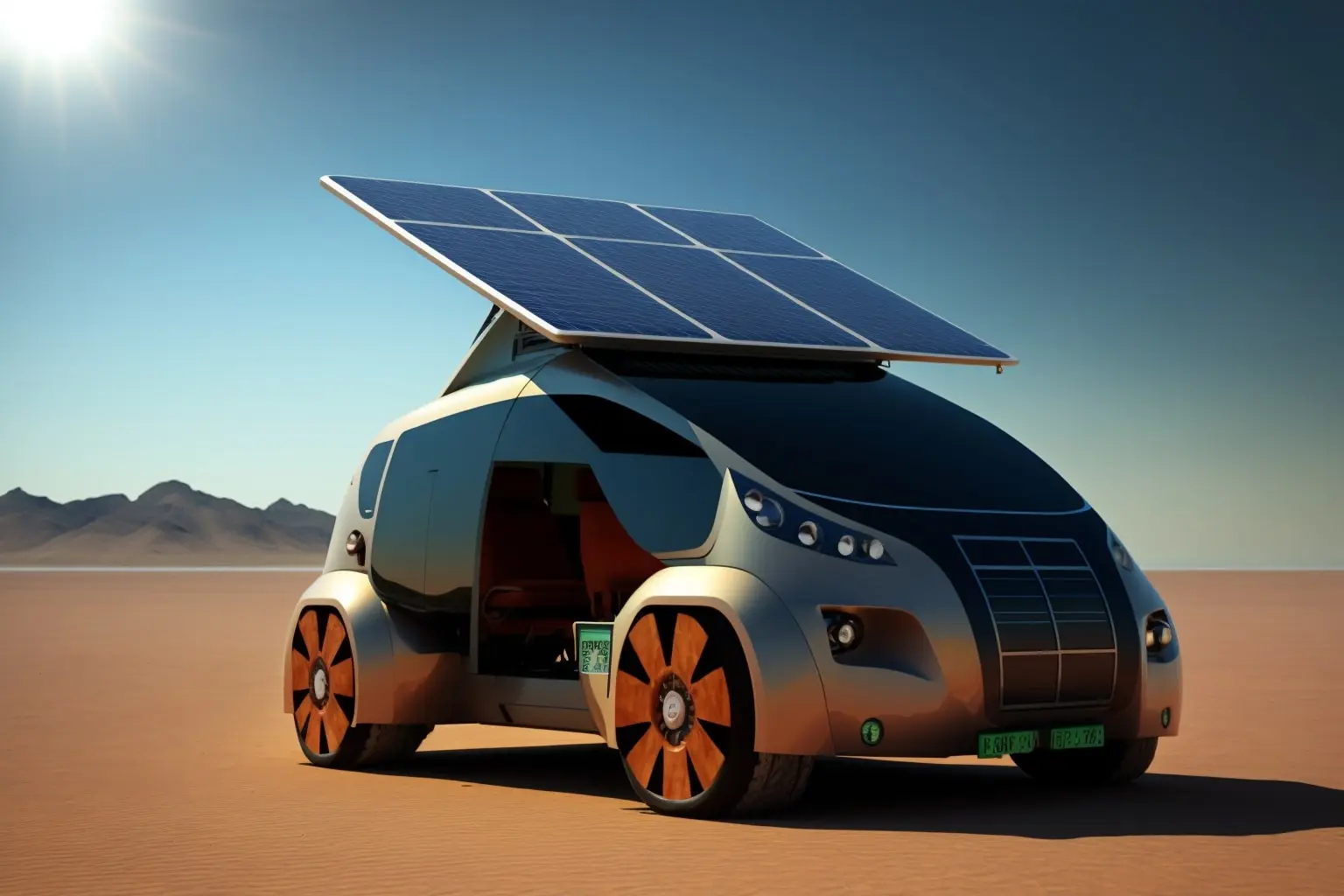
On average, a car’s solar roof can generate between 50 and 200 watts of power, which is enough to power some of the vehicle’s auxiliary systems, such as the air conditioning or the radio. However, some high-end models with larger solar panels and more efficient cells can generate up to 300 watts or more, which can contribute significantly to the vehicle’s overall energy needs.
It’s worth noting that the amount of power generated by a car’s solar roof may not be enough to fully charge the battery. It can still be a useful supplement to other charging methods, such as plugging into an electrical outlet or using a charging station. Additionally, the energy generated by the solar roof can help extend the vehicle’s range and reduce its carbon footprint.
Solar Panel Technologies Commonly Used
- Monocrystalline Silicon Panels: These panels are made of a single crystal of silicon and are known for their high efficiency and durability. They are commonly used in solar-powered EVs and can generate up to 300 watts of power.
- Thin-Film Panels: These panels are made of thin layers of semiconductor material, such as amorphous silicon or cadmium telluride. They are flexible, lightweight, and can be easily integrated into the roof or body of the vehicle. However, their efficiency is lower than monocrystalline panels, typically generating between 100-200 watts.
- Organic Photovoltaic (OPV) Panels: These panels use organic materials, such as polymers or small molecules, to generate electricity from sunlight. They are lightweight, flexible, and can be printed onto a variety of surfaces, including the body of the vehicle. However, their efficiency is currently lower than other types of solar panels, generating around 50-100 watts.
- Perovskite Panels: These panels use a type of crystal called perovskite to generate electricity from sunlight. They are relatively new technology but have shown great potential in terms of efficiency and cost-effectiveness. They are lightweight, flexible, and can be integrated into the roof or body of the vehicle.
Overall, the choice of solar panel technology for an electric vehicle depends on several factors, including cost, efficiency, durability, and suitability for integration into the vehicle’s design. As solar technology continues to evolve, we can expect to see more efficient and cost-effective solar panels for electric vehicles in the future.
Self-Driving Tech: From Sci-Fi to Reality
Remember those futuristic movies where cars drove themselves? Well, the future is now! Self-driving technology is rapidly evolving, and it won’t be long before we see fully autonomous EVs on the road.
This technology promises to make our roads safer, reduce traffic congestion, and give us more time to relax on our commutes. But, it also raises some important ethical questions. Would you trust a self-driving car to make the right decisions in an emergency situation?

Here are some of the current progress and problems in self-driving technology:
Progress:
- Advancements in Sensor Technology: Self-driving cars use a variety of sensors to perceive the environment and make decisions. Sensor technology has improved significantly in recent years. Allowing self-driving cars to detect and respond to their surroundings more accurately and quickly.
- Machine Learning and Artificial Intelligence: Self-driving cars use machine learning and artificial intelligence algorithms to analyze sensor data and make decisions. These technologies have improved significantly, allowing self-driving cars to learn from experience and make more accurate predictions.
- Increased Testing and Deployment: Self-driving cars are being tested and deployed in more locations around the world. Allowing researchers and developers to gather more data and refine the technology.
Problems:
- Safety Concerns: One of the biggest challenges facing self-driving technology is ensuring safety. Self-driving cars need to be able to detect and respond to a wide range of unpredictable situations, such as road hazards, weather conditions, and other vehicles. Ensuring that self-driving cars are safe for passengers and other road users is a major priority for developers.
- Regulatory and Legal Issues: Self-driving technology is subject to a wide range of regulatory and legal issues, such as liability, privacy, and cybersecurity. Developing regulations and legal frameworks that address these issues is a complex and ongoing challenge.
- Human Trust and Acceptance: Many people are still skeptical about the safety and reliability of self-driving cars. Building trust and acceptance among the general public is crucial for the widespread adoption of self-driving technology.
- Technical Challenges: Self-driving technology is still facing several technical challenges, such as managing complex urban environments, dealing with unexpected situations, and navigating difficult weather conditions.
Overall, while self-driving technology has made significant progress in recent years, there are still several challenges that need to be addressed before self-driving cars can become a mainstream reality. Addressing these challenges will require collaboration between researchers, developers, regulators, and the public.
Battery Tech: Powering the Future
Battery technology is the backbone of the EV industry, and it’s constantly evolving. From solid-state batteries to graphene-based ones, researchers are working tirelessly to develop better and more efficient batteries.
These advancements will allow us to drive longer distances on a single charge and reduce the time it takes to charge our vehicles. Plus, it will help us reduce our reliance on fossil fuels and move towards a more sustainable future.
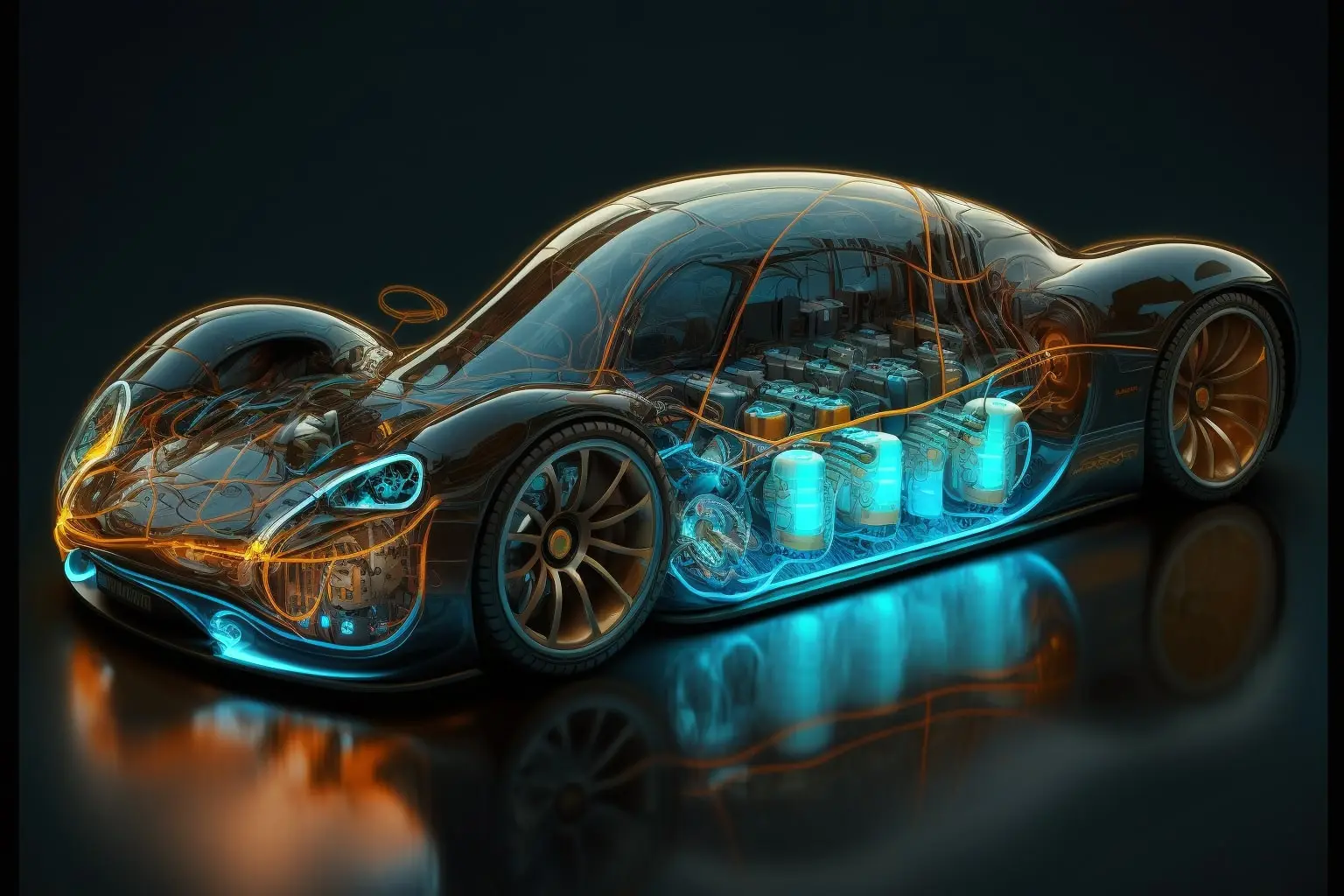
Here are some of the top electric vehicle battery technologies currently in use:
- Lithium-ion (Li-ion) Batteries: Lithium-ion batteries are currently the most common type of battery used in electric vehicles. They have a high energy density, long cycle life, and are relatively lightweight. They are also cost-effective to manufacture and can be found in many popular EV models.
- Solid-state Batteries: Solid-state batteries are a newer technology that uses a solid electrolyte instead of the liquid electrolyte found in traditional Li-ion batteries. They offer higher energy density and faster charging times, as well as improved safety and longer cycle life. Solid-state batteries are still in the development phase, but several companies are working on bringing them to market in the next few years.
- Lithium-polymer (Li-poly) Batteries: Lithium-polymer batteries use a polymer electrolyte instead of a liquid electrolyte, which allows for greater flexibility and lower weight. They are also less prone to leakage and have a longer cycle life than traditional Li-ion batteries. However, they are more expensive to manufacture and are not as widely used in EVs.
- Nickel-Cobalt-Manganese (NCM) Batteries: NCM batteries use a combination of nickel, cobalt, and manganese in their cathode material. They offer high energy density and long cycle life, as well as improved safety and lower cost compared to traditional Li-ion batteries. NCM batteries are commonly used in EVs produced by companies like Tesla and BMW.
- Lithium-Titanate (LTO) Batteries: Lithium-titanate batteries have a very fast charging time and are capable of high discharge rates, making them ideal for high-performance EVs. They also have a long cycle life and improved safety compared to traditional Li-ion batteries. LTO batteries are more expensive to manufacture, however and are not as widely used in EVs.
Infrastructure: Charging Up the EV Revolution
While the number of EVs on the road is increasing, the infrastructure to support them still has a long way to go. Charging stations need to be more widely available and easily accessible, especially in rural areas.
We also need to invest in smart charging technology, which will help balance the demand on the grid and ensure that EVs can charge when renewable energy sources are at their peak.
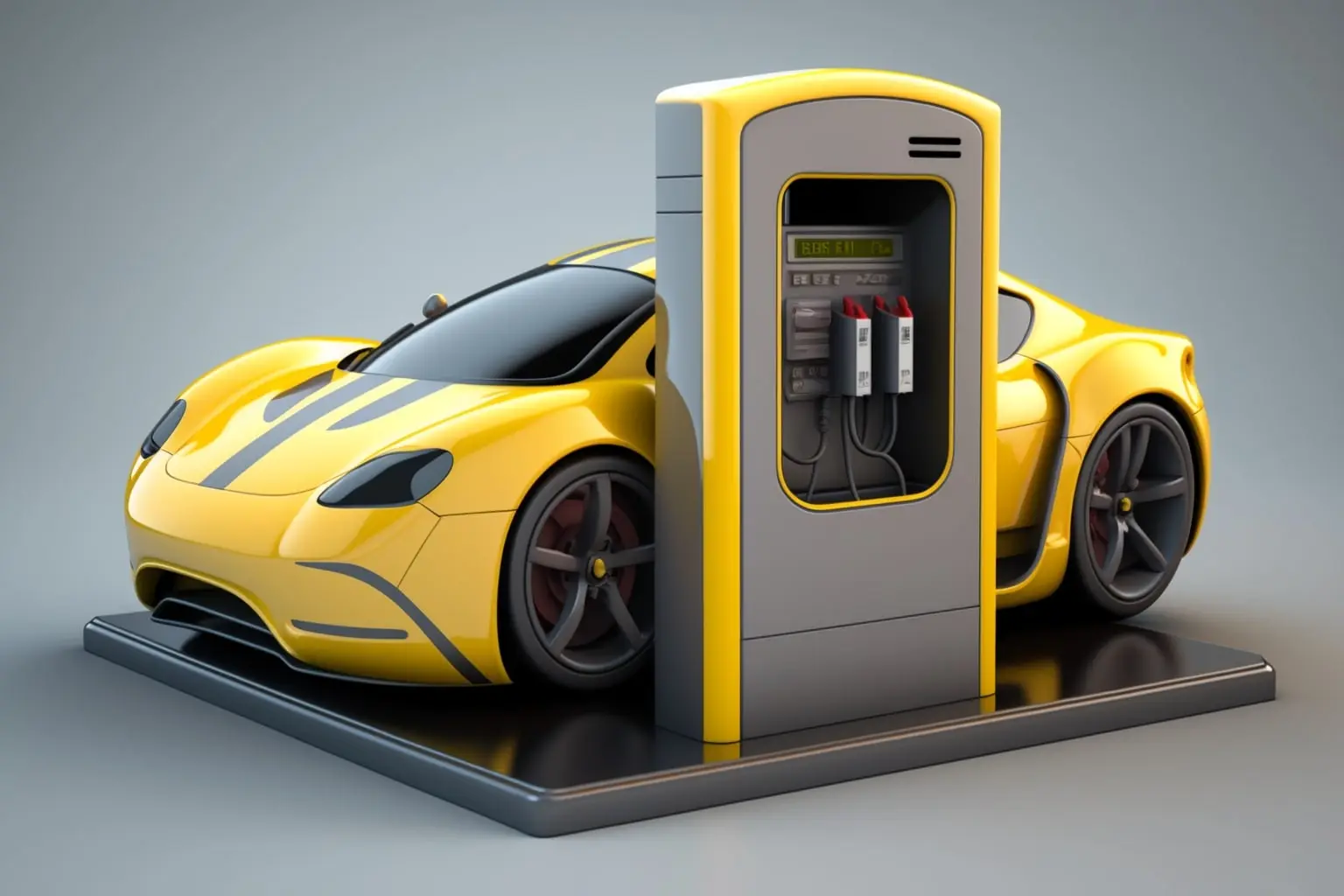
Here are the most common types of charging stations:
- Level 1 Charging: Level 1 charging uses a standard 120-volt AC household outlet to charge the vehicle. This is the slowest charging method and typically provides a range of 2 to 5 miles per hour of charging. Level 1 charging is useful for overnight charging at home or in situations where a higher-speed charger is not available.
- Level 2 Charging: Level 2 charging uses a 240-volt AC power supply, similar to what is used for an electric dryer or oven. This is the most common type of charging station and provides a range of 10 to 20 miles per hour of charging, depending on the vehicle and the charging station’s power output. Level 2 charging stations are commonly found at public charging stations, workplaces, and homes with EV charging installations.
- DC Fast Charging: DC fast charging uses high-voltage DC power to charge the vehicle at a much faster rate than Level 1 or Level 2 charging. DC fast charging stations are typically found at public charging stations along highways or at rest stops and can provide a range of up to 100 miles in just 30 minutes of charging. DC fast charging is not recommended for frequent use, as it can degrade the battery’s overall lifespan.
- Wireless Charging: Wireless charging is a new technology that allows the vehicle to charge without the need for a physical connection to the charging station. Wireless charging uses an electromagnetic field to transfer power between the charging pad and the vehicle’s charging receiver. However, wireless charging is not as efficient as wired charging and is currently only available in limited applications.
Consumer Demand: The Driving Force
Last but not least, consumer demand is the driving force behind the EV revolution. As more people become aware of the benefits of EVs, the demand for them will continue to grow.
This demand will push manufacturers to innovate and develop better EVs, as well as improve the infrastructure needed to support them.

Here are some of the key reasons:
- Environmental Concerns: Climate change and air pollution are major global issues, and many consumers are looking for ways to reduce their carbon footprint and make a positive impact on the environment. Electric vehicles produce zero emissions while driving, and even when taking into account the emissions generated during the production of electricity, they are still significantly cleaner than gasoline-powered vehicles.
- Cost Savings: Electric vehicles can offer significant cost savings over their lifetime compared to gasoline-powered vehicles. They have lower fuel and maintenance costs, as well as tax incentives and rebates in many regions. In addition, as EV technology improves and becomes more mainstream, the purchase price is gradually decreasing, making them more accessible to a wider range of consumers.
- Improved Technology: Electric vehicle technology has improved dramatically in recent years, with longer driving ranges, faster charging times, and improved performance. As a result, electric vehicles are now a more practical and viable alternative to gasoline-powered vehicles for many consumers.
- Government Regulations: Governments around the world are implementing policies and regulations to encourage the adoption of electric vehicles as a way to reduce emissions and improve air quality. This includes incentives such as tax credits, rebates, and other financial incentives, as well as regulations that require automakers to produce a certain percentage of electric vehicles.
Conclusion
The future of electric vehicles looks bright. Solar roofs and self-driving technology are just two of the many trends shaping the industry. Battery technology is also advancing rapidly, offering longer ranges and faster charging times.
And with a range of charging station options available, it’s becoming easier than ever to charge an electric vehicle on the go.
Reference
Electric vehicle – Wikipedia. Link

